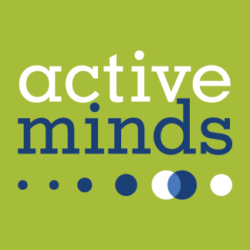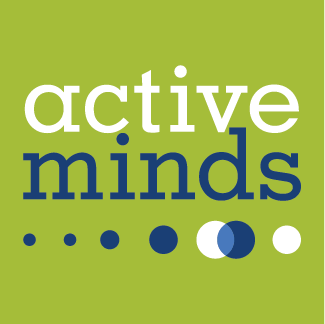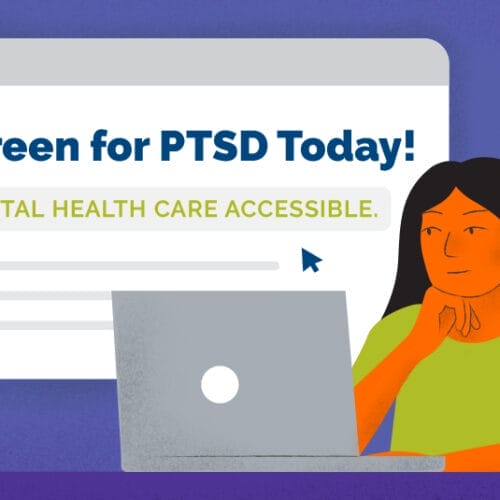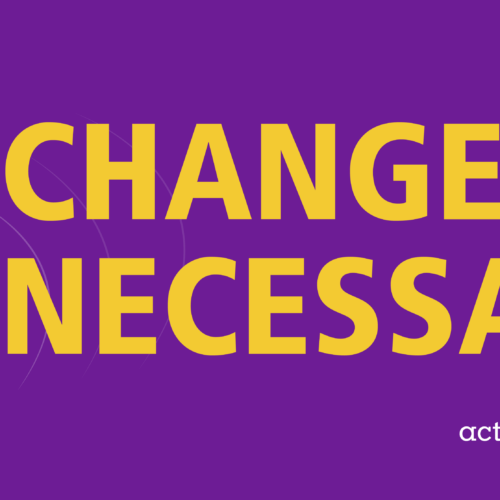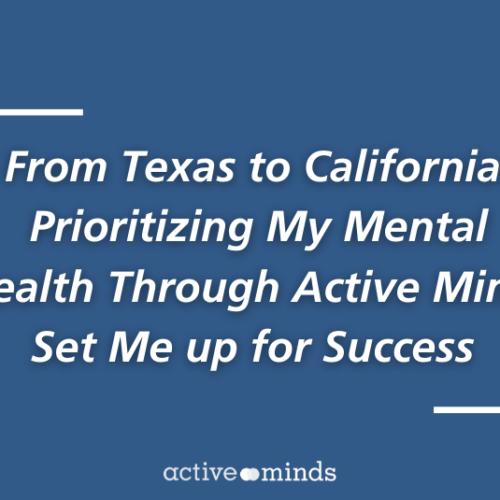Trigger Warning: Discussion of physical and sexual abuse.
I wasn’t diagnosed with post-traumatic stress disorder (PTSD) until a couple of years ago. There was no real point that I recall where the symptoms started because in reality, for me, living in fight-and-flight mode was the way I’ve lived as long as I could remember. My culture did not regularly discuss PTSD; however, those around me normalized substance and physical abuse as a way of coping and discipline. I experienced physical abuse and sexual violation in so many instances that I cannot pinpoint when I developed symptoms. Because trauma and mental health support were not something I understood nor had access to growing up, I didn’t learn about PTSD until I took psychology classes in college. Now, I hope I can help you with my story today and destigmatize seeking out emotional support if you have ever experienced any traumatizing event as a child or recently. My PTSD diagnosis didn’t erase my trauma; instead, it helped me heal even from events that happened many years ago.
Post-traumatic stress disorder is onset due to a traumatic event in which a person is exposed to an event where they experience threatened death, serious injury, or sexual violation. For me, PTSD manifests as feeling scared to go out alone and not trusting people easily, especially when I’m surrounded by strangers on public transportation. I start sweating profusely and develop tunnel vision, which could make me dizzy. In those instances, I close my eyes and breathe deeply or distract myself by immersing my thoughts in a book — this is similar to dissociating. For many people, the way PTSD manifests in their body reactions is different but is typically associated with avoiding activities, places, or people that are associated with the traumatic event. Additionally, at least twenty-five percent of people with PTSD do not develop a full clinical syndrome until six months after their trauma. With the variety of ways PTSD can manifest, and the varied timelines of development, it can be hard to determine if you’re facing PTSD – this demonstrates the importance of seeking professional help if you suspect you may be struggling with post-traumatic stress disorder.
Some misconceptions I’ve learned over the years are that people believe PTSD paralyzes or impedes people from interacting or doing their daily tasks socially. In some cases, that may happen, and some of the intensified feelings can come and go, but they are not necessarily as heightened all the time. It truly depends on case-by-case. Many endure symptoms of dissociation; they feel dazed and might have trouble remembering things or even experience depersonalization, the feeling that their conscious state or body is unreal. So just because they are not actively stressed, in crisis, or hysterical doesn’t mean they are not suffering and in need of support. This can be a harmful misconception of PTSD; you can still offer help to those who don’t explicitly ask for it. If you’d like to learn more about how to help, there are many free resources available online that provide training and help you learn strategies to help recognize symptoms or language to use around someone suffering from mental health.
My recent PTSD diagnosis has truly given me peace of mind and helped me to heal from more than I could have imagined. I know no clock can help me go back in time to get help sooner, but thanks to my therapist and recent diagnosis, I know some ways and strategies to help me manage those high-stress moments to avoid a crisis.
